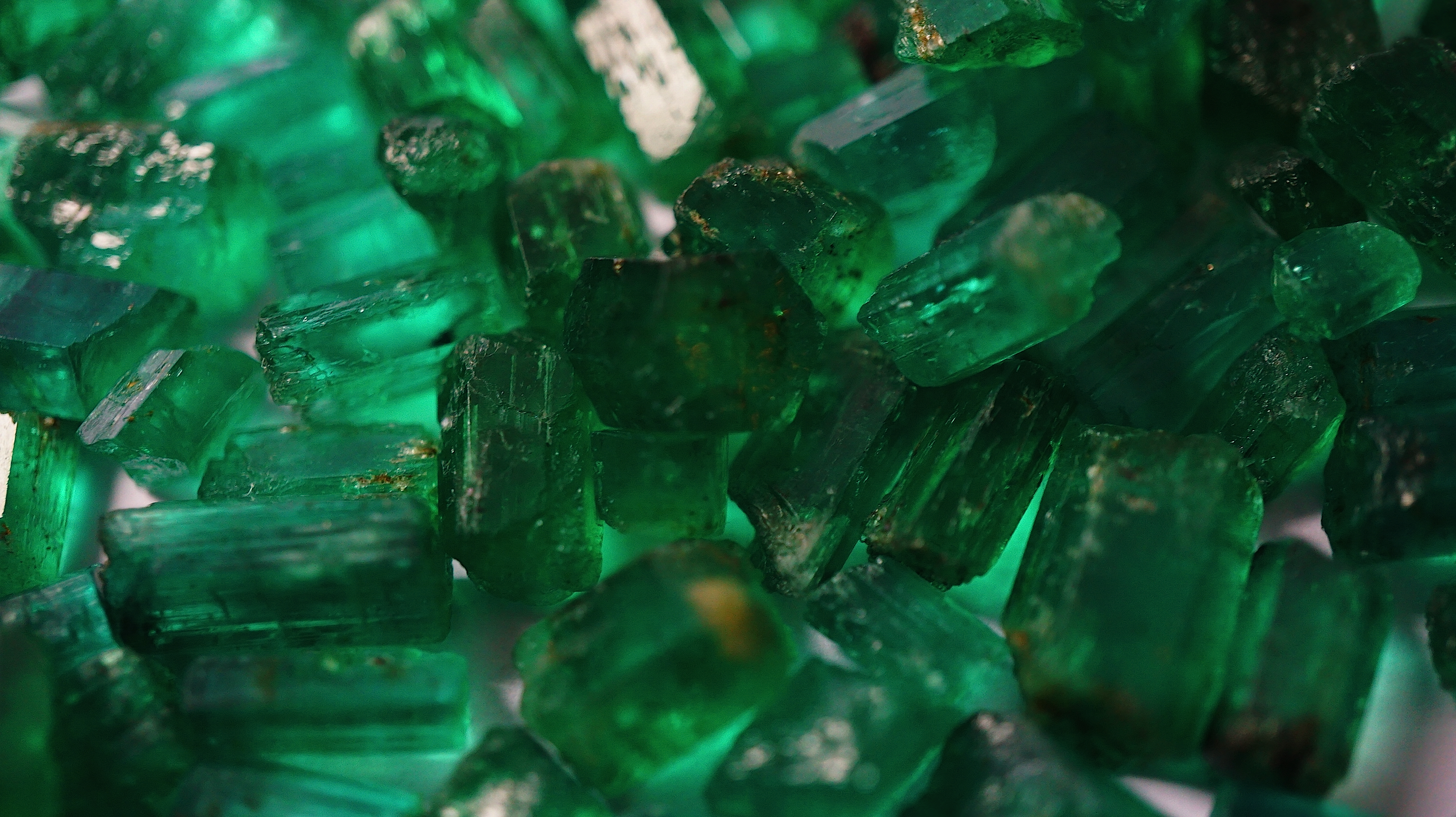Like I wrote last post, casinos have major potential for chaos.
The tension and emotion of gambling, combined with the qualities of large crowds and whatever shenanigans brought the party to the casino, means something is going to happen. Might be something small and banal that only catches the party's attention for a moment, might be something that starts small but spirals out of control and engulfs the party, or it might be something massive that ends in tragedy for everyone.
Whatever form it takes, the chaos will be something a shrewd party can exploit, confront, or should have the good sense to run from.
1) Spilled drink
2) Chips or coins spilled on the floor
3) 52 card pickup
4) Table overturned
5) Rigged game or table
6) Unwarranted accusation of cheating
7) Warranted accusation of cheating
8) Caught a cheat red-handed
9) Loudly arguing couple
10) Crowd packed around a high-stakes game
11) Spectators commenting on games and players unfavorably
12) A very drunk VIP taking offense
13) Celebration over a win
14) Pickpocket
15) Creditor come looking to collect
16) Clandestine meeting in progress
17) Assassination attempt
18) Run into a rival
19) Run into an enemy
20) Mistaken for someone else
21) Recognized by someone inopportune
22) Security removing someone out the front
23) Security removing someone to the back room
24) Someone trying to outrun security
25) Security's closing in on you
26) Raided by the authorities
27) Brawl over [roll again]
28) Dueling challenge over [roll again]
29) Weapons drawn over [roll again]
30) Fire

.JPG/640px-Las_Vegas_2016_Paris_Hotel_and_Casino_(6).JPG)
_(cropped).jpg)

